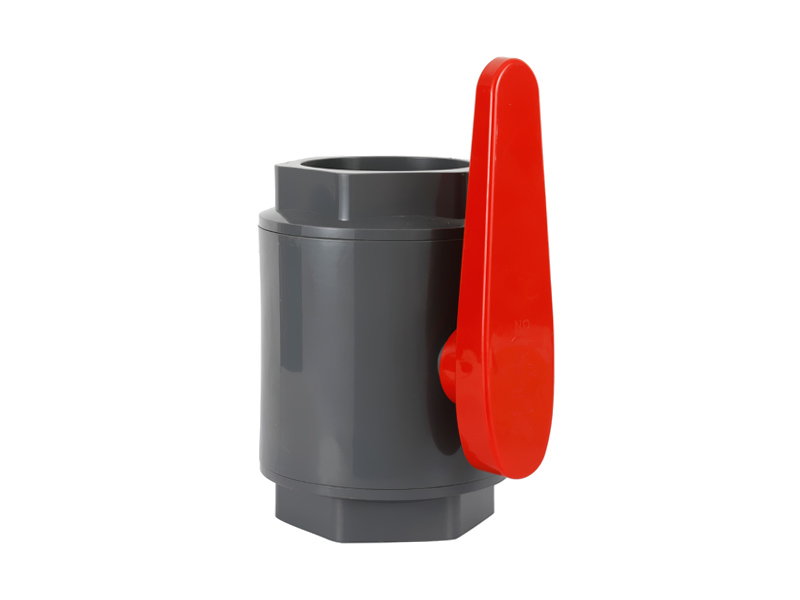How does the male ball valve design enable smooth and effortless on/off operation?
The male ball valve design is a key characteristic...
MORE >>















At present, there are a large variety of valves in vari […]
At present, there are a large variety of valves in various formats in the domestic market. There are many types of valves. The following will lead you to know what kinds of valves are:

1. Steam trap, also called steam blocking drain valve, steam water valve, steam trap, return water box, return water gate, etc. Its role is to automatically drain the condensate that is constantly produced, without letting out steam. There are many types of traps, including float type, float type, bell-shaped float type, pulse type, thermodynamic type, and thermal expansion type. Commonly used are buoy type, bell-shaped float type and thermodynamic type.
2. Gate valve, also called gate valve, is a widely used valve. Its closing principle is that the sealing surface of the gate plate and the sealing surface of the valve seat are highly smooth, flat and consistent, and can prevent the medium from flowing through, and rely on the shape of the top mold, spring or gate plate to enhance the sealing effect. It mainly plays a cutting role in the pipeline.
3. Check valve is a valve that automatically opens and closes depending on the power of the fluid itself. Its function is to prevent the medium from flowing back. It has many names, such as check valve, check valve, single flow valve, etc. According to the structure, it can be divided into two categories.
4. Butterfly valve, also known as butterfly valve, as its name implies, its key parts are like butterflies facing the wind and swinging freely. The flap of a butterfly valve is a disc, which rotates around an axis in the valve seat. The angle of rotation is the opening and closing degree of the valve. However, many of the valves currently used in the market are imported butterfly valves.
5. Shut-off valve, also called cut-off valve, is the most widely used valve. The reason why it is so popular is because the friction between the sealing surfaces during opening and closing is small, it is more durable, the opening height is not large, and it is easy to manufacture. , Easy maintenance, not only suitable for medium and low pressure, but also suitable for high pressure.
6. Pressure reducing valve is an automatic valve that reduces the medium pressure to a certain value. Generally, the pressure behind the valve is less than 50% of the pressure before the valve. There are many types of pressure reducing valves, mainly piston type and spring membrane type.
7. The working principle of the ball valve is to make the valve smooth or blocked by rotating the valve. The ball valve switch is lightweight, small in size, can be made into a large diameter, reliable sealing, simple structure, easy maintenance, the sealing surface and the spherical surface are often in a closed state, not easy to be eroded by the medium, and is widely used in various industries. Imported ball valves are also popular among consumers.
8. The plug valve relies on the plug body rotating around the center line of the valve body to achieve the purpose of opening and closing. Its role is to cut off, separate fields and change the flow direction of the medium. The structure is simple, the external dimensions are small, only 90 degree rotation is needed during operation, and the fluid resistance is not large. The disadvantage is that the switch is laborious, the sealing surface is easy to wear, and it is easy to get stuck at high temperature, which is not suitable for adjusting the flow rate.

The male ball valve design is a key characteristic...
MORE >>
In today's modern world, efficient and reliable wa...
MORE >>
Copyright ©All rights reserved:Zhejiang Xier Plastic Valve Lead Co.,LTD. PVC Ball Valves Manufacturers Technical support: HWAQ  浙公网安备 33060402001174号
浙公网安备 33060402001174号

 English
English España
España عربي
عربي